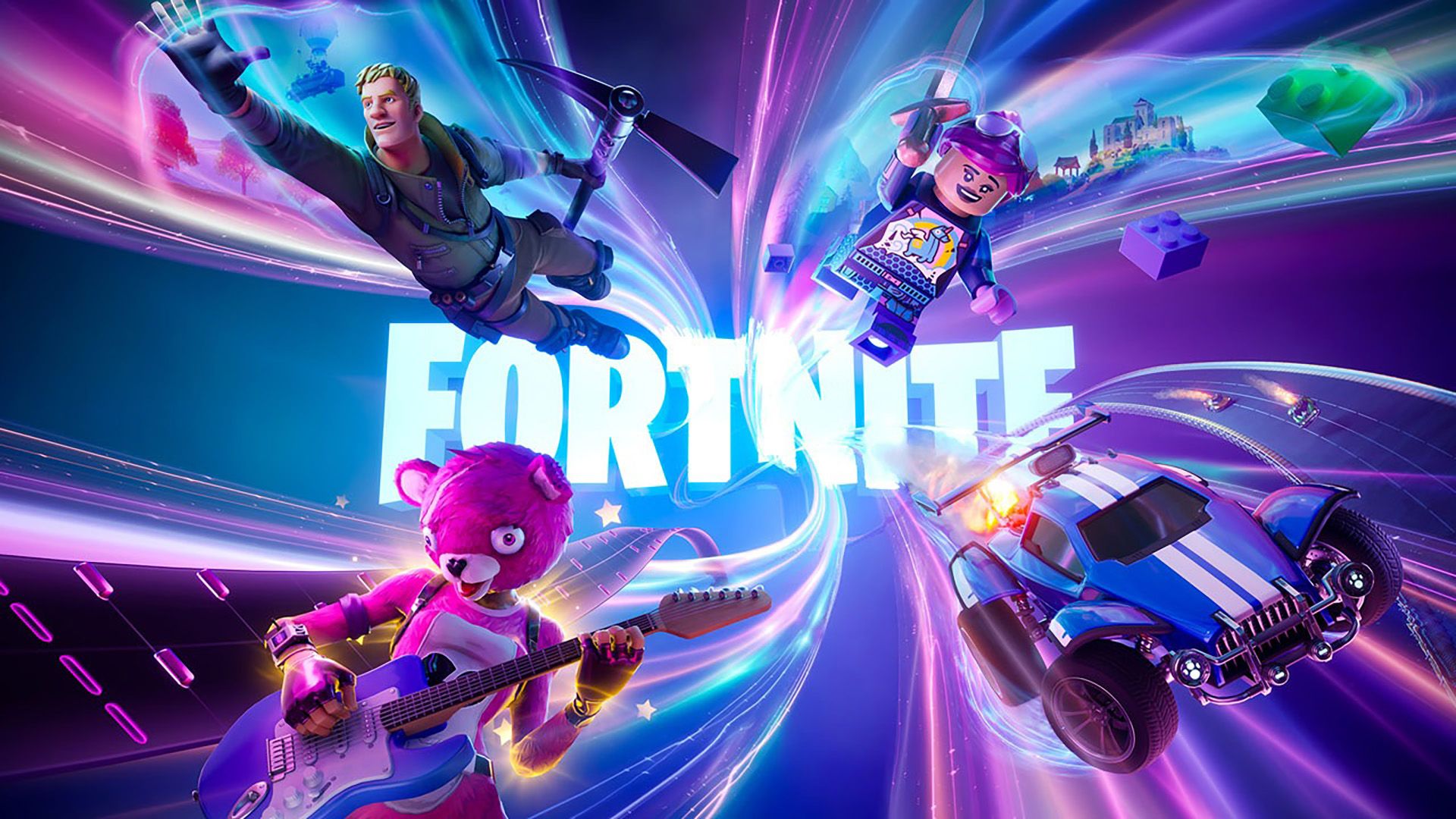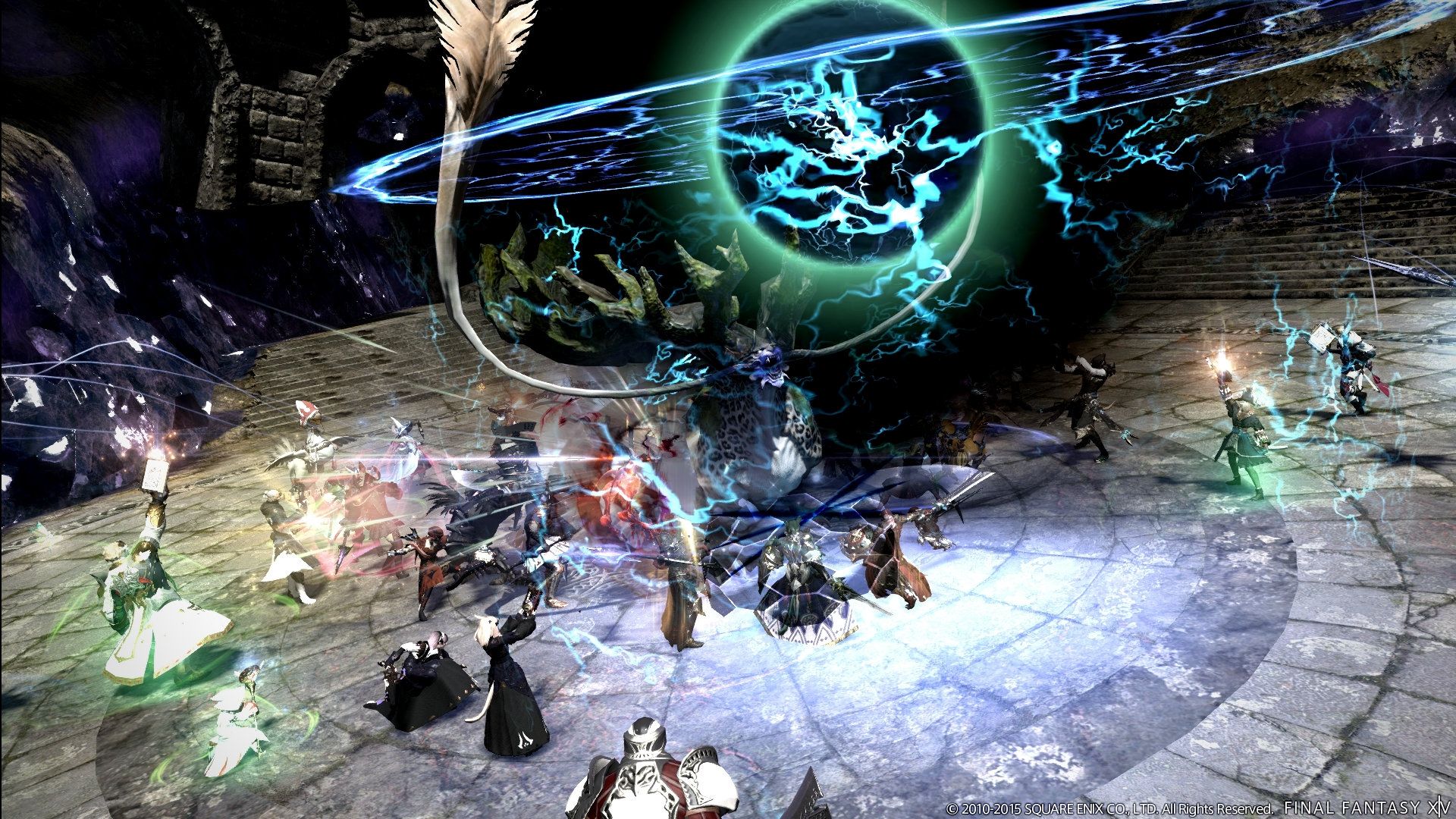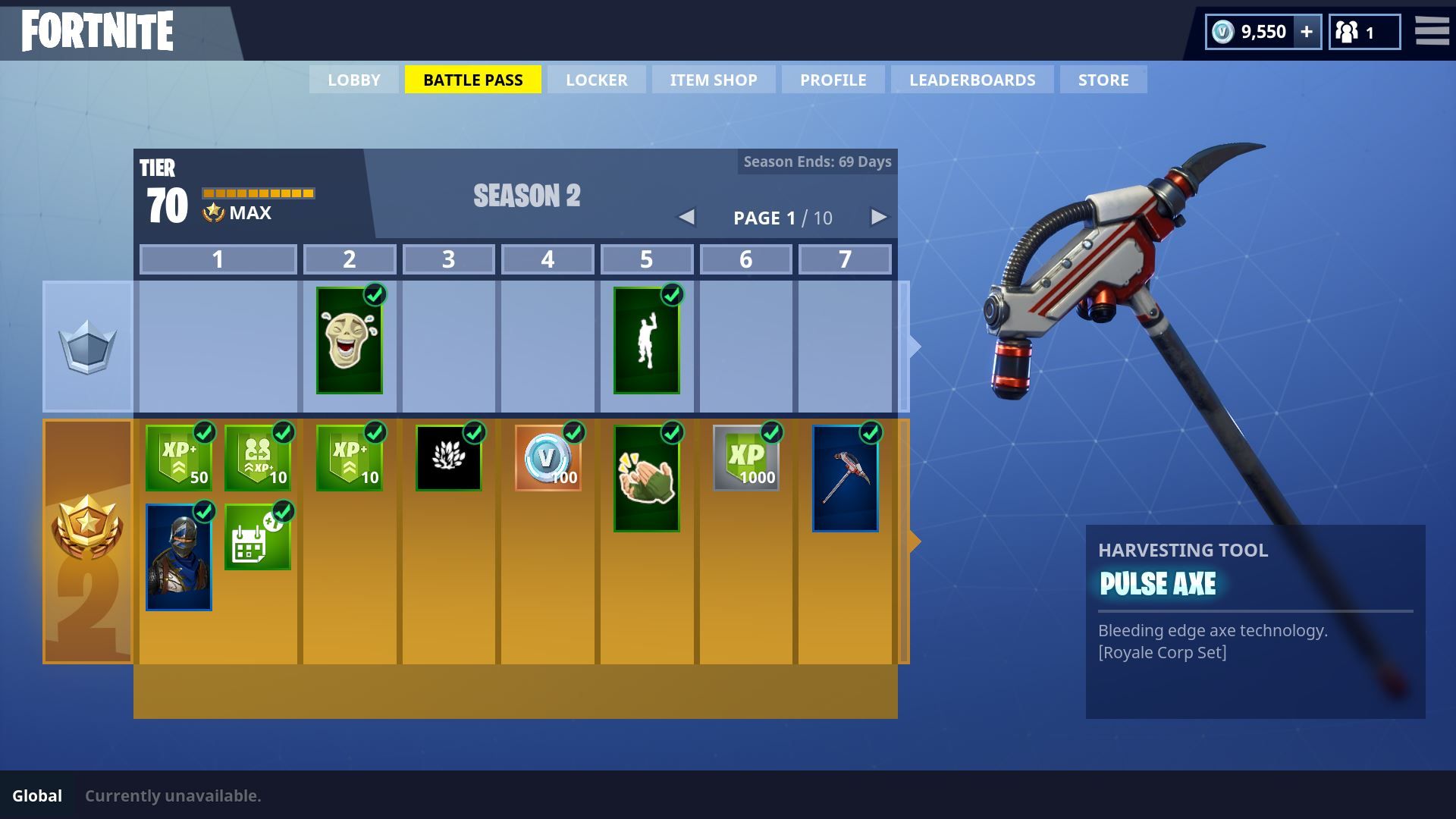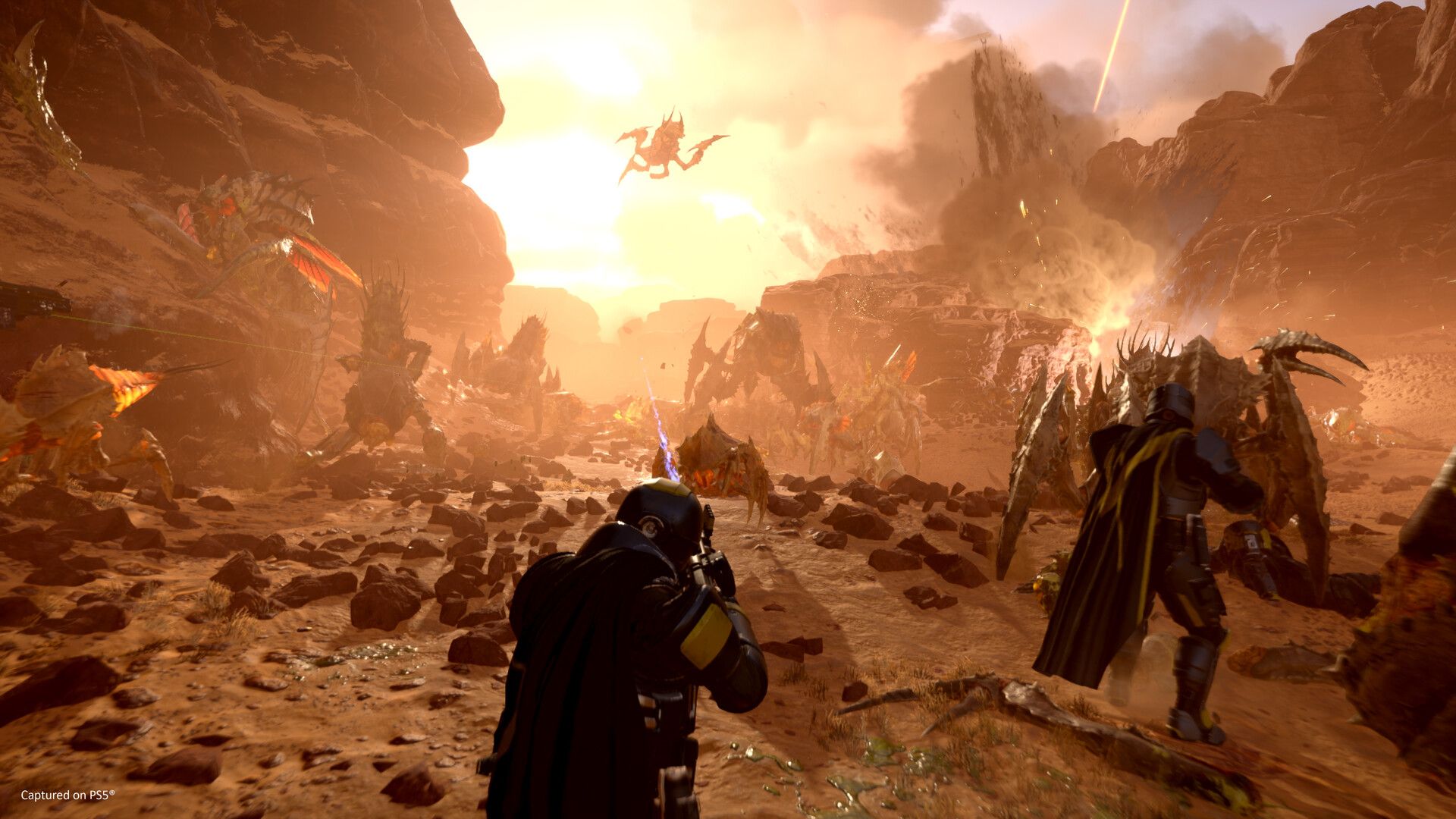Key Takeaways
- The live service game market is oversaturated with free-to-play shooters, battle royales, MOBAs all vying for player attention.
- Launching and sustaining live service games is expensive, with huge marketing budgets and constant updates necessary to retain players.
- Many players are tired of live service tropes like battle passes and loot boxes, leading the declining popularity of the genre.
The past few years haven’t been kind to live service games. Countless titles have tried to enter the market and failed miserably, and many down within a few years, months, or even weeks after launch. So why are these shutdowns happening more often than ever before?
The Live Service Game Market Is Crowded
Every live service game is designed to compete for your undivided attention. For a game to continuously deliver content, it needs to retain a massive player base to justify long-term support. Popular games like Fortnite, Overwatch 2, and Genshin Impact have successfully hooked players with their exciting gameplay and addictive reward systems.
Most live service games try to follow the same trends as other, more popular titles. Battle royales, hero shooters, and gacha games are all common templates for the live service model, resulting in these genres being constantly flooded with new releases. Some titles are cheap imitators of their more successful inspirations, while others bring creative twists to these saturated genres.
With the sheer number of live service games on the market, new releases will inevitably be compared to the juggernauts of the genre. If a new live service game doesn’t match the quality of its competitors, players will quickly abandon it for one of the many better alternatives. But even if the gameplay is solid, it still won’t be able to replicate the years’ worth of content that longer-running games already provide.
Newer games need to keep audiences engaged with consistent content updates and balance patches. Otherwise, they risk being abandoned by players for more established titles.
Some live service games try to carve their own niche in the market with original ideas, but even these games struggle to find success. Rumbleverse, Knockout City, and Omega Strikers all featured creative twists on traditional sports and fighting games with plenty of potential to grow under the live service model. Each of these games failed to find an audience, prompting their developers to discontinue support or shut down the servers.
Even when live service games fall into completely different genres, they’re still impacted by competition from other major titles. These games are designed to be a time commitment, using limited-time events and awards to encourage you to play for as long as possible.
Because of this, players who commit themselves to a few specific live service games rarely have time for others, making it difficult for newer online titles to win over players.
Sustainability Is Expensive
Live service games also need to worry about making a profit and funding post-launch support. Constant content updates and balance patches require tremendous amounts of work from developers, meaning studios need to fund development costs for the entirety of a game’s lifespan. Online servers also require constant maintenance, adding to the high costs of running a live service game.
Most importantly, live service games need marketing. Developers can’t just advertise a game before its launch; they also need to spread the word about seasonal events and major content updates while the game is alive and active. Marketing not only helps draw in new players but also ensures that the existing players have an incentive to return. Effective advertising for a new game can be incredibly expensive, especially in a market as competitive as live service gaming.
These expenses make launching a live service game a huge risk. A costly failure like Redfall led to the demise of its developer, Arkane Austin. Even the studios behind notable successes like Destiny 2 and League of Legends have suffered significant layoffs in recent years.
It’s no surprise that many failed live service games—especially those coming from indie developers—don’t last for long.
Players Are Tired of Live Service Tropes
Despite all the risks associated with live service games, publishers are constantly jumping at the opportunity to enter the market, hoping to emulate the success of other popular titles. As a result, the gaming industry is oversaturated with seemingly endless gacha games, hero-shooters, and battle royale games.
To be fair, some recent titles have been able to revitalize these genres, such as Zenless Zone Zero, F-Zero 99, and the upcoming Marvel Rivals. However, most games in these genres tend to blend together, leaving many players feeling burnt out and apathetic towards new releases.
Another reason for the declining popularity of these games is the unnecessary inclusion of live service elements in many recent releases. Games like Suicide Squad: Kill the Justice League and Redfall could have worked fine without loot systems, season passes, and other features that were solely added to imitate current trends.
Instead, the live service model was used to force constant engagement from players and create a highly monetized experience which is arguably the largest reason many players tend to avoid live service titles.
Battle passes are one of the most recognizable staples of the live service model and the primary reason that many people actively avoid the genre. Live service games encourage you to pay for a battle pass to earn extra rewards, but you have a limited time to play for the best prizes. The extreme time investment needed to get your money’s worth out of a battle pass can turn many live service games into a tedious grind.
Likewise, gacha mechanics and loot boxes leave unlocks to random chance, encouraging you to spend real money on in-game currency for more chances at earning the characters or cosmetics you want. This doesn’t apply to all live service games, but many use these addictive, gambling-inspired tricks to drive players towards spending large sums on random prizes.
Unfortunately, predatory monetization schemes have become a necessity for most live service games. The genre is currently dominated by free-to-play games, which has put pressure on competing titles to follow suit and slash their prices.
The recent failure and abrupt shutdown of Concord—PlayStation’s Overwatch inspired hero-shooter developed by Firewalk Studios—has been partially attributed to its decision to release with a $40 price tag when plenty of other hero-shooters are available for free. Regardless of quality, most live service games are now expected to be free-to-play, which means they have to rely on other means of monetization to be profitable.
Between the endless microtransactions and frustrating practices that are more exhausting than exciting, it’s no surprise that audiences are turning against live service games. Not all games benefit from the live service model, yet publishers continue to prioritize short-term profitability over quality. Until that changes, more live service games will continue to be sent out to die, and the genre’s reputation will only worsen with each consecutive flop.
Live Service Games Aren’t Dying, But They Are Overused
Despite everything wrong with the current state of live service games, the genre won’t be going away anytime soon, and that’s not necessarily a bad thing. Although the live service model was popularized within the last decade, it’s been around for much longer.
The earliest examples include MMOs like Runescape, Ultima Online, and World of Warcraft, as well as other online games such as Counter Strike: Go, League of Legends (and other MOBAs), and Grand Theft Auto Online. Live service games are older than some of their most devoted fans, so why are they suddenly a problem?
First, there has been an influx of hero-shooters and battle royale games in an already crowded genre, many of which do little to set themselves apart from the dozens of other Fortnite and Overwatch clones on the market.
MMO’s and competitive shooters have dealt with cheap imitators for years, especially after the massive successes of World of Warcraft and the Call of Duty franchise. However, with these imitators now pervading other game genres thanks to the popularity of live service games, this issue has become far more noticeable in recent years.
Likewise, aggressive monetization practices have been a consistent part of mobile gaming, but it’s becoming more prevalent due to the increasing number of free-to-play releases on PCs and consoles. Even full-priced live service games are suffering the effects of this practice, with many recent releases utilizing microtransactions and season passes to lock new content behind a paywall.
This doesn’t mean live service games are inherently bad. Recent successes like Helldivers 2 and long-running games like Final Fantasy XIV prove that the live service model is still capable of supporting creative ideas and fostering close-knit communities. Most online games are also using the live service structure to provide years worth of post-launch support, as is the case with fighting games such as Street Fighter 6 and Guilty Gear Strive.
The Future of Live Service Games
The live service model can deliver unique online experiences, but there’s no denying the downsides to its popularity. The market is currently oversaturated with countless imitations of popular titles and forced live service implementation, which has soured many players on the entire genre.
But many live service games have also proven that there’s value in the genre and that it’s unlikely to go away anytime soon. For now, publishers need to stop flooding the market with imitators and forced monetization, and instead reserve the live service space for games that could truly grow through years of support.








